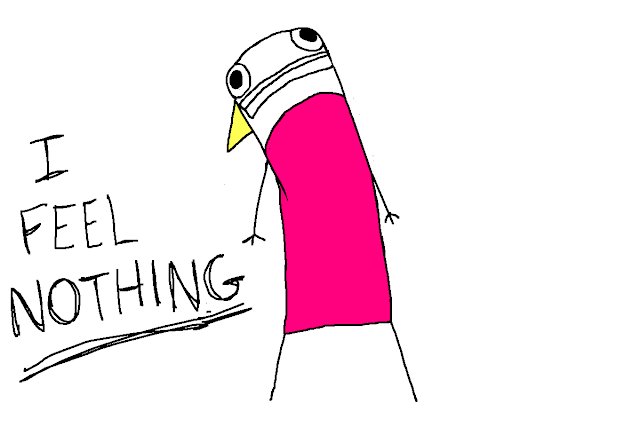Enter a recent emerging consensus in neuroscience: the predictive brain. 5/
So the brain predicts the future. Then what? There’s a psychological concept called “prospection”. 8/
The predictive brain is usually discussed for near-term predictions - what will I see when I open this door? Prospection can be over multiple decades. 10/
We also have some hints about the mechanism by which this process might work. 12/


